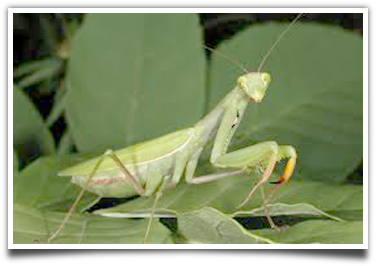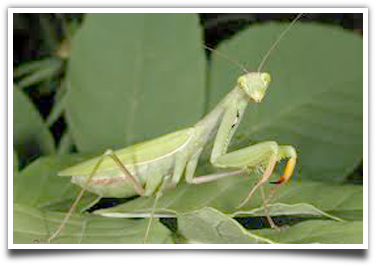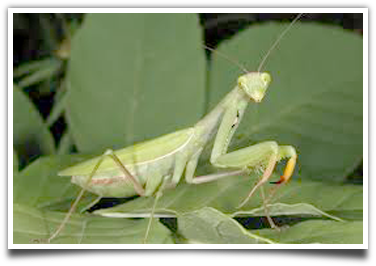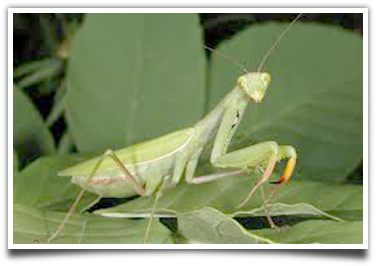Feeding a Praying Mantis
When learning how to feed your praying mantis, you should see to it that there is already a selected habitat for such feeding. You can do this inside the cage for the mantis, though you need to be sure that it is not a too large space with unreachable areas for the insect to capture and feed on its prey. Either purchase or catch a number of tiny live insects. For the most part, pet stores have a stock of small insects or aphids for feed. In order to save some bucks, you may instead catch insects in your house on your own using an insect net.
Select the suitable insects for your mantis to eat. Similar to human beings, praying mantises change in size from one point of their lives to another. Therefore, be sure that the insect is right for the mantis’ age. A praying mantis likes to eat caterpillars, moths, flies, aphids or other insects that are soft on the inside.
It can also feed on smaller and less dangerous spiders. Place the selected insect into your mantis habitat. In the case of flying insects, trap these insects in a jar or cup and have the lid opened inside your feeding spot, and close it immediately after release. Your mantis should be fed often. Feed it with a good quantity of insects once in two days.
Praying Mantis Facts about their Eggs Just like most other insect species, the praying mantises also reproduce through hatching eggs. Many farmers and gardeners take note of praying mantis facts about their eggs especially if they plan on using these mantises as a natural form of pest control. When praying mantises release eggs, the eggs are enclosed in a case and farmers call this a mantis egg case. Egg cases of praying mantises can be sold to other farmers and gardeners. When the praying mantis lays More... Benefits of Praying Mantis Facts on Gardeners There are a lot of gardeners who need to be educated with praying mantis facts so that they will know what these insects can do to the garden and to the environment. If you have a garden in your backyard and you see a couple of praying mantises lurking, most of you might get rid of it because they look dangerous or the kids may get scared. But mantises are actually advantageous to the garden. One of the key facts More... Praying Mantis Facts All over the world, there are approximately one thousand and eight hundred known species of insects grouped from the genus Mantis. Because of the anatomical uniqueness of the mantis’ striking and very defined front legs that are bent at a particular angle resembling a praying position, this genu is most commonly referred as the praying mantis. The praying mantis comes from an entire, bigger group of mantids, from the class Insecta and from the phylum Anthropoda. Most praying mantis facts More... Common Praying Mantis Injuries The most common injury of praying mantises is damage to their limbs resulted from falls. If a praying mantis is suffering from this injury, there will be a noticeable deformity in the position of its legs or some bleeding. The mantis can be aided by using fingernail hardener to coat the affected spot. Suffering from dehydration may cause the insect to become shriveled or lethargic, or to shed. In this case, the best thing that you can do for the More... Pest Control Praying Mantis When it comes to taking care of gardens and farms, pest control is always a crucial part of the process because pests can damage most of your plants or crops. There are numerous ways on how you can control pests but a natural and organic pest control method is through the use of praying mantises. Learning about praying mantis facts will be necessary to farmers and gardeners who would want to engage in this type of process. Praying mantises are More...
|




